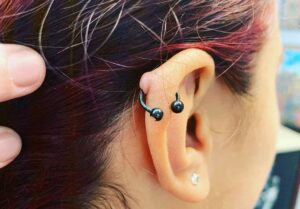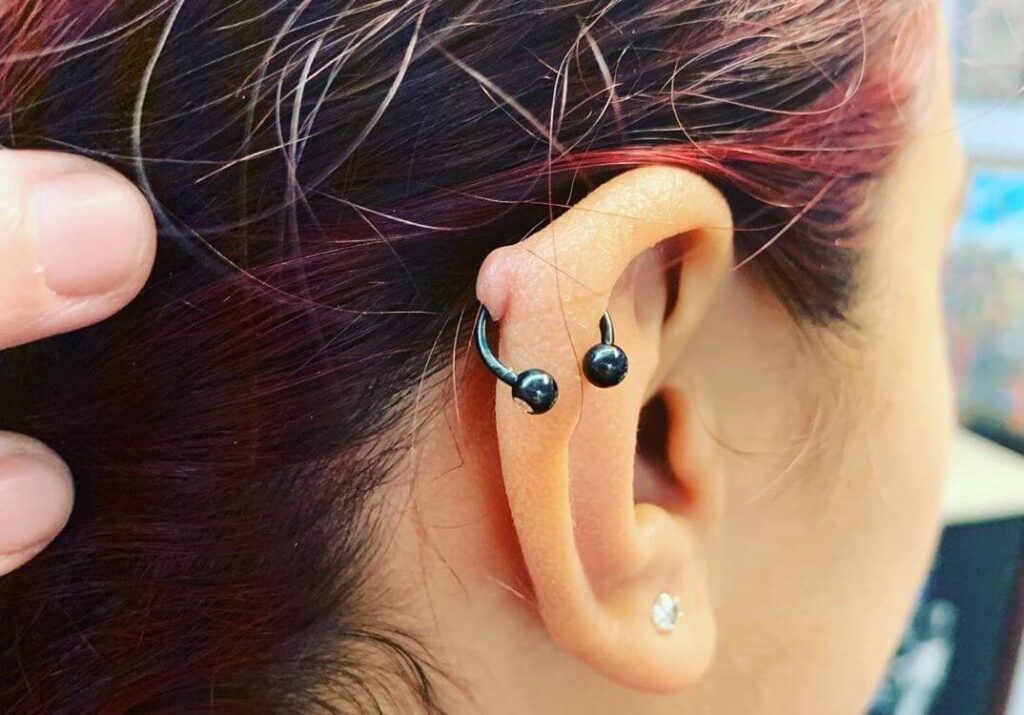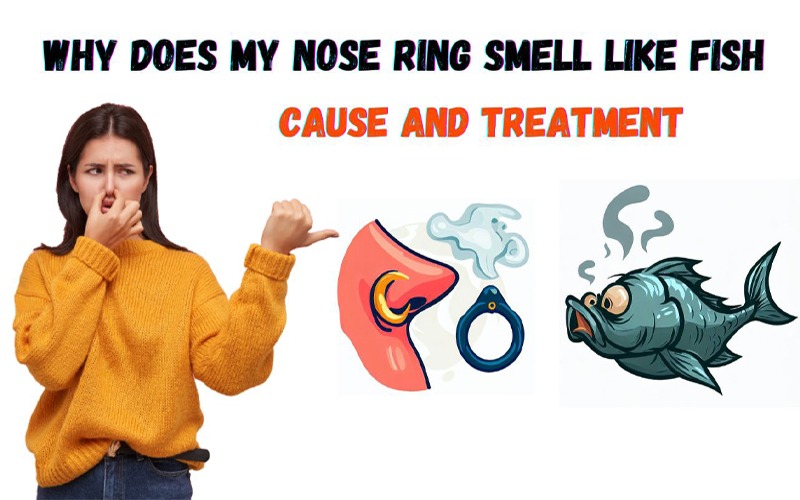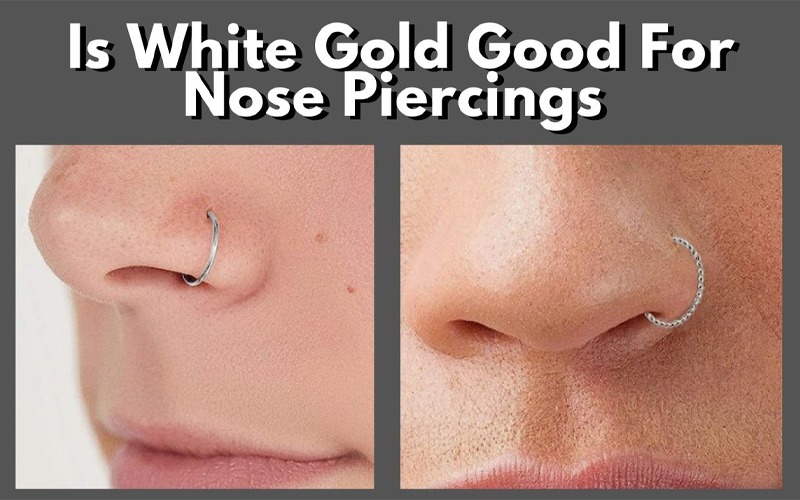Cartilage piercings have become increasingly popular in recent years, with many people opting for multiple piercings on their ears. However, one potential issue that can arise with cartilage piercings is the development of keloids. Keloids are raised, thickened areas of scar tissue that form at the site of an injury, such as a piercing. While keloids are not harmful, they can be unsightly and may cause discomfort.
Fortunately, there are steps that can be taken to prevent keloids from forming on cartilage piercings. One important factor is proper aftercare. Keeping the piercing clean and dry, and avoiding touching or twisting the jewelry, can help to reduce the risk of keloid formation. Additionally, choosing high-quality jewelry made from materials such as titanium or surgical steel can also help to prevent keloids, as these materials are less likely to cause irritation or allergic reactions.
Understanding Keloids
Definition of Keloids
Keloids are raised scars that form when the body produces excess collagen in response to an injury or trauma. They can occur on any part of the body, including cartilage piercings. Keloids are characterized by their raised, thick, and shiny appearance, and can be itchy or painful.
Causes of Keloid Formation
The exact cause of keloid formation is not fully understood, but there are several factors that can contribute to their development. These include:
- Genetics: Keloids tend to run in families, suggesting that there may be a genetic component to their formation.
- Trauma: Any injury or trauma to the skin, including piercings, can trigger the formation of a keloid.
- Infection: Infections in the piercing site can lead to keloid formation.
- Foreign bodies: The presence of foreign objects, such as earrings, in the piercing site can also contribute to keloid formation.
- Hormonal changes: Keloids may develop more frequently during puberty or pregnancy, when hormonal changes occur.
It is important to note that not all cartilage piercings will develop keloids, and some people may be more prone to keloid formation than others. Taking steps to prevent keloids, such as proper aftercare and avoiding trauma to the piercing site, can help reduce the risk of their formation.

Pre-Piercing Considerations
Before getting a cartilage piercing, there are several important factors to consider. By taking the time to assess these factors, individuals can reduce their risk of developing keloids and other complications.
Assessing Risk Factors
Some individuals are more prone to developing keloids than others. Those with a family history of keloids, dark skin, or a history of keloids on other parts of the body may be at a higher risk. Additionally, individuals who participate in contact sports or wear helmets may be more susceptible to irritation and injury.
Choosing a Professional Piercer
Selecting a professional piercer is crucial for reducing the risk of keloids. A reputable piercer should have a license, use sterile equipment, and have experience with cartilage piercings. It is also important to ask about their aftercare instructions and follow them closely.
Selecting Appropriate Jewelry
Choosing the right type of jewelry is essential for reducing the risk of keloids. Jewelry made from materials such as titanium, surgical steel, or 14-karat gold are less likely to cause irritation or an allergic reaction. Additionally, it is important to select jewelry that fits properly and does not put pressure on the piercing.
By considering these factors, individuals can reduce their risk of developing keloids and other complications associated with cartilage piercings.
Piercing Aftercare
Initial Aftercare Procedures
Proper aftercare is crucial to avoid keloid formation on cartilage piercings. Immediately after getting a cartilage piercing, the area should be cleaned with a saline solution or an antiseptic solution recommended by the piercer. Avoid touching the piercing with dirty hands or letting others touch it. It’s also important to avoid sleeping on the side of the piercing to prevent irritation.
A cold compress can be applied to reduce swelling and pain. Avoid using aspirin or ibuprofen as they can increase bleeding. It’s also important to avoid swimming or submerging the piercing in water for at least 4-6 weeks to prevent infection.
Long-Term Care Strategies
After the initial healing period, it’s important to continue proper aftercare to prevent keloid formation. Cleaning the piercing with a saline solution or antiseptic solution twice a day can help prevent infection. It’s also important to avoid using alcohol, hydrogen peroxide, or any harsh chemicals on the piercing as they can damage the skin and delay healing.
In addition, avoid changing the jewelry too soon or too frequently as this can cause irritation and increase the risk of keloid formation. If the piercing becomes infected or shows signs of keloid formation, seek medical attention immediately.
By following these initial aftercare procedures and long-term care strategies, individuals can reduce the risk of keloid formation on cartilage piercings and promote proper healing.
Intervention and Treatment
Keloid Recognition
Before beginning any treatment, it is important to recognize the symptoms of keloids. Keloids are raised, thickened areas of skin that may be itchy, tender, or painful. They often have a shiny, smooth surface and can range in color from pink to red to dark brown.
Medical and Home Treatments
There are several medical and home treatments available for keloids on cartilage piercings. These include:
- Corticosteroid injections: This treatment involves injecting a steroid medication directly into the keloid to reduce its size and relieve symptoms. Multiple injections may be necessary, and the treatment may take several months to be effective.
- Silicone sheets or gels: These products can be applied directly to the keloid to soften and flatten it over time. They are available over-the-counter and may take several months to show results.
- Pressure earrings: These specially designed earrings apply pressure to the keloid to flatten it over time. They are typically worn for several months and may be recommended in conjunction with other treatments.
- Cryotherapy: This treatment involves freezing the keloid with liquid nitrogen to reduce its size and relieve symptoms. It may require several treatments and can be painful.
- Tea tree oil: This natural remedy is believed to have anti-inflammatory properties and can be applied directly to the keloid to reduce its size and relieve symptoms. It should be diluted before use and may take several months to show results.
It is important to note that not all treatments will work for every individual, and some may cause side effects. It is best to consult with a healthcare professional before beginning any treatment for keloids on cartilage piercings.
Monitoring and Follow-Up
After getting a cartilage piercing, it is essential to monitor the area closely for any signs of infection or keloid formation. The following tips can help prevent keloids on cartilage piercings:
- Keep the area clean: It is crucial to keep the piercing site clean to prevent infections. Use a saline solution to clean the area twice a day. Avoid touching the piercing with dirty hands or exposing it to dirty water.
- Avoid sleeping on the piercing: Sleeping on the piercing can cause irritation and inflammation, leading to keloid formation. It is recommended to sleep on the opposite side or use a travel pillow to keep the ear off the pillow.
- Don’t change the jewelry too soon: Changing the jewelry too soon can cause irritation and delay the healing process. It is recommended to wait at least 6-8 weeks before changing the jewelry.
- Follow-up with a professional: It is essential to follow-up with a professional piercer or a dermatologist if you notice any signs of infection or keloid formation. They can provide proper treatment and advice on how to prevent keloids.
By following these tips, you can prevent keloids on cartilage piercings and ensure proper healing. However, if you notice any signs of infection or keloid formation, it is crucial to seek medical attention immediately.





